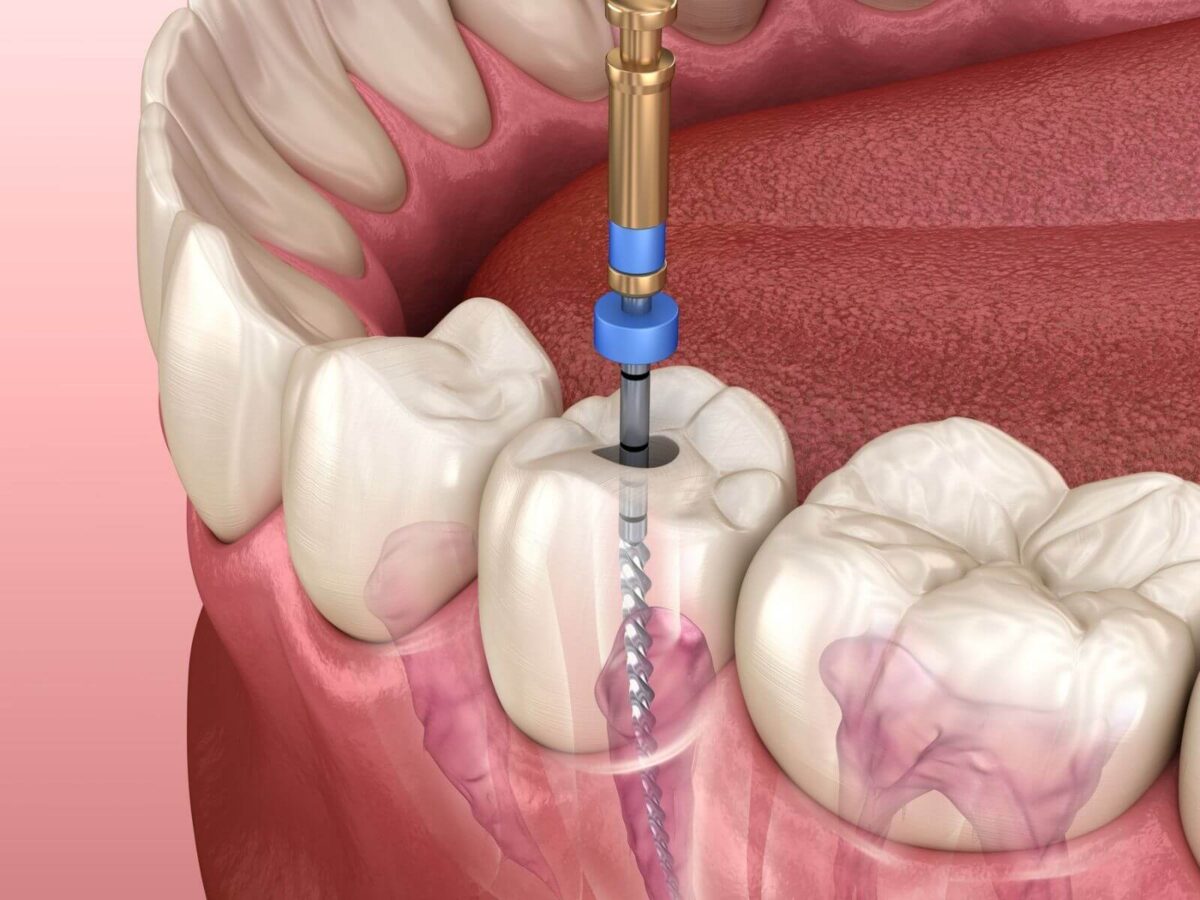Blog
Dental hygiene tips for healthy teeth & gums

Dealing With Recurring Root Canal Infections
Do you want to understand what causes root canals to be infected? Many individuals who need dental treatment ask themselves this question.
This article examines the problems associated with root canal infections and explains how pain and discomfort occur before providing essential information about their sources.
Throughout the article, you will understand why root canal infections happen, discover practical ways to avoid them and gain confidence in caring for your teeth.
What Is a Reinfected Root Canal
When microorganisms re-enter the treated root canal space, the treated tooth feels worse, causing pain. Bacteria penetrating the treated root canal system can lead to swelling and pain in the area. The infected tooth roots may travel into neighboring tissues, which puts the patient in severe danger to their oral health.
Address your reinfected tooth needs through a professional visit to an experienced endodontist. As tooth pulp and periapical tissue experts, endodontists treat and find infections in teeth. Patients often need canal retreatment therapy to accomplish both bacterial elimination and prevent further tooth damage during the treatment approach.
Expert professionals at Grangerland have the experience to handle reinfected root canals. Our mission consists of providing expert care so we can protect your oral wellness and maintain the health of your smile despite pain. A dental appointment today will begin your journey to superior oral health so you can keep your smile without dental trouble.
Warning signs
1. Pain
The primary root canal infection indicator causes people to seek dental treatment. When root canal infection occurs, it results in intense aches throughout the affected area. The painful sensations within the infected tooth worsen during biting and when you put weight on the tooth.
Hot and cold food and beverages cause tooth sensitivity if you have a root canal infection.
Vein inflammation causes painful sensations to arise from the gums. The enlargement of this area turns the gum tissue into red and tender skin. Swelling and discomfort usually appear in the tissues surrounding an infected tooth.
2. Tooth darkening
Polymerization of infected tooth substance inside the tooth leads to yellow or brown discoloration. The infection moves toward pulp tissue, resulting in dark brown tissues that cause the tooth to turn a different color.
The root canal treatment removes dying pulp and necrotic material, followed by gutta-percha filling in the treatment space. A dental crown will be applied to the tooth to improve appearance.
3. Dental abscess
Bacteria and dying pulp lead to dental abscess formation when they form large pus-filled pockets beneath the tooth root. The infection causes intense discomfort and bad breath while producing a permanent red swelling on the gums that may weep a foul-smelling substance.
A periodontist uses a root canal to drain the abscess and remove infectious bacteria, thus reducing pain.
4. Chronic bad breath
The root canal infection leads to persistent bad breath, which affects patients suffering from root canal infection. Any lousy breath that persists after regular toothbrushing, dental flossing, and dental wash usage indicates a possible infection.
The bacteria that cause root canal infection produce a distinct odor. The infection results in unpleasant breath along with an unpalatable mouth taste. An abscess formation makes the health situation more serious.
Common Causes of Root Canal Infections
Understanding root canal infection origins allows you to lead in dental preventative care operations.
- The access of bacteria happens through any dental trauma that creates a wreck or a crack, allowing microorganisms to penetrate and provoke contamination.
- The substandard placement of dental fillings or crowns and their weakening shape lets bacteria invade enamel, contaminating them.
- The publicity of nerves to microorganisms through deep cavities results in infections, producing inflammatory responses in the tooth.
- Tooth access points for bacterial infection broaden due to tooth accidents and bruxism, although these conditions, in the end, cause cracks that let microorganisms input the teeth.
Are Root Canals Painful?
Not anymore! Modern pain management procedures combined with anesthesia make root canal procedures comfortable for patients today; for most patients, getting a root canal treatment is a painless process that may even create feelings of relaxation.
Reducing discomfort through advanced technology enhances the process, thus making it less complicated.
Check out this guide on how to treat pain after root canal treatment for practical tips to ease soreness and promote healing.
Preventing Root Canal Infections
The following section explains methods to protect against root canal infections.
- You should brush your teeth twice daily while flossing daily to fight plaque development and stop cavities from forming.
- Patients should perform dental examinations combined with professional cleanings regularly. Timely dental issue detection enables healthcare professionals to prevent these problems from worsening into serious issues necessitating root canal procedures.
- You should immediately get dental care when experiencing tooth pain, tooth sensitivity, or observing signs of dental damage. Thorough treatment given immediately can stop the need for root canal extraction.
- Putting on a mouth guard and night-time teeth-grinding behavior is essential for sports activities. One important precaution protects teeth from damaging injuries that generate risks for harmful infections.
- The key to good oral health involves controlling your consumption of sugary items. Exposure to sugary substances results in both tooth decay and higher cavity risks.
Conclusion
Oral infections in a tooth’s pulp develop due to untreated tooth decay, traumatic tooth events, and carelessness in dental hygiene practices. The damage from microbial invasion into the pulp chamber starts as inflammation, which later advances into full-blown infection.
Contact Grangerland Dentist for all your needs.


